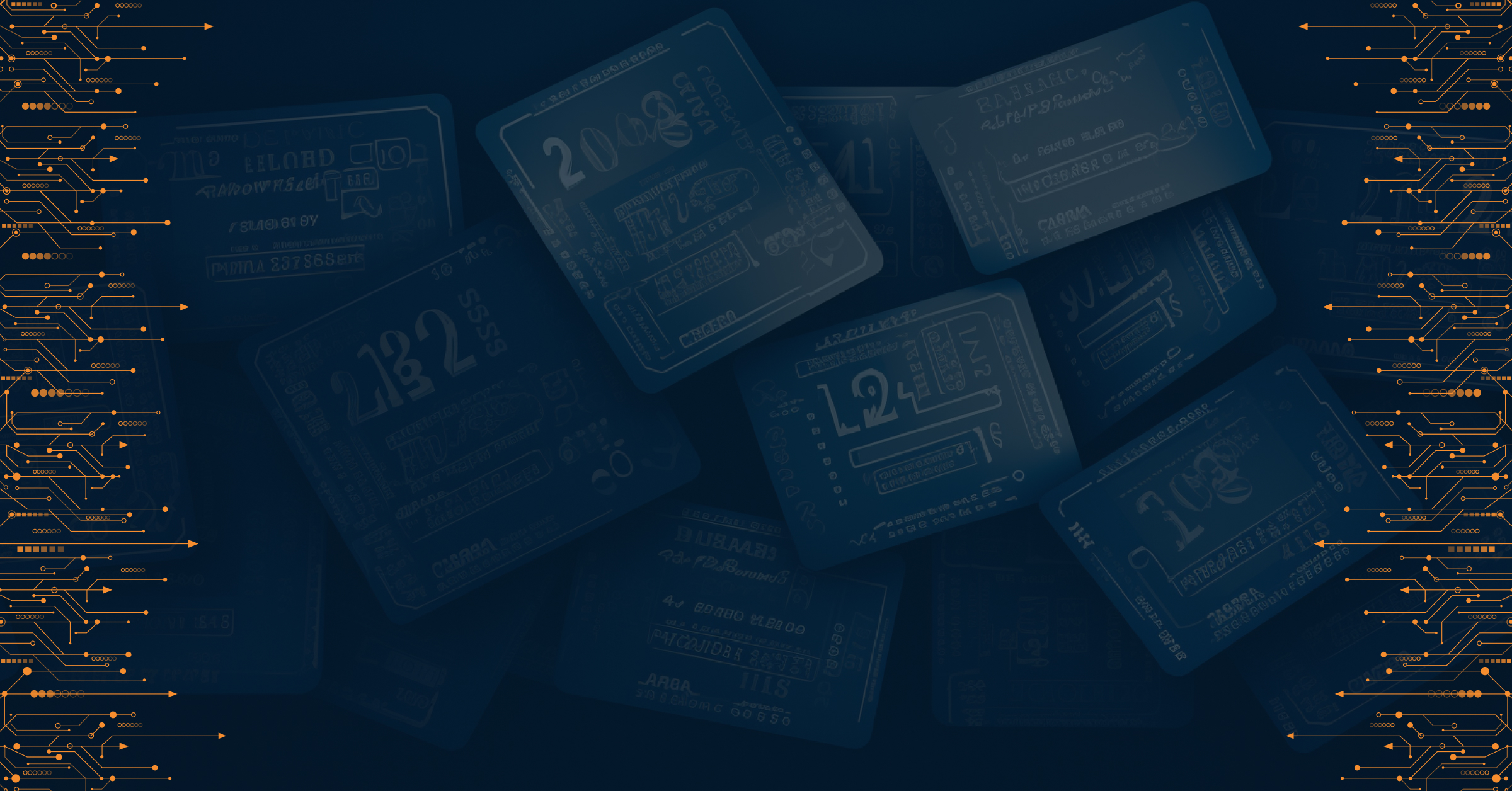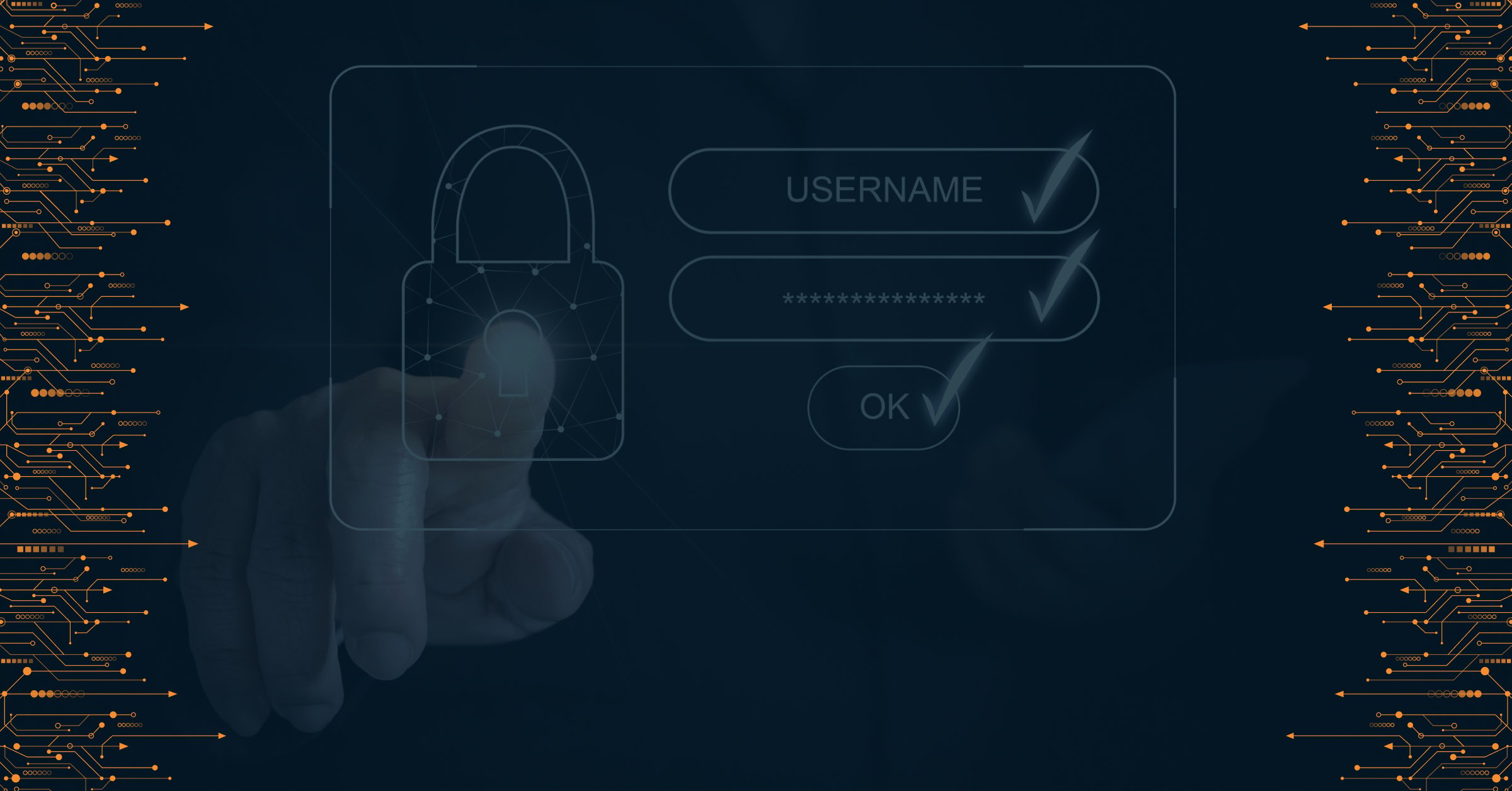With social media users giving away more personal information online, sensitive data can now easily travel beyond the owner’s control and into the hands of threat actors. Thus, it’s no surprise that there are over 18,000 fake websites created daily and 16% duplicate Facebook accounts, stealing fragile info and misleading individuals and businesses.
But that’s not all! Further studies indicate a 47% year-on-year increase in email threats and malicious URLs, and forecasts show that cybercrime costs will increase by 15% by 2028. With fraudulent sites growing in number, it’s integral that businesses and individuals learn why it’s challenging to detect fake social media and how to combat it.
This article will explore the increase of malicious sites and social media accounts and how you can get ahead of the digital fraud threat curve with the right strategies:
Understanding the Rising Threat of Fake Social Media and Malicious Sites
The information-sharing nature of social networking apps has transformed them into ideal channels for fraudsters and malicious bodies to steal and compromise personal information. These fake sites and social media accounts can engage in and spread deceptive information to harm businesses or individuals.
In fact, an insightful study reveals that businesses received 6.9 million phishing pages, resulting in over $320 billion in brand losses. Consider the famous Austrian aircraft component designer and developer, FACC, who faced a whopping $61 million in a fraud scam. In 2018, an entry-level accounting employee received a phishing email from hackers posing as the CEO.
The FACC employee transferred the requested funds to the hacker for a fake project, resulting in massive financial losses. The company later sued its former CEO and CFO for $11 million, alleging the leaders did not prepare the company to fight off cybercrime.
How Do Website and Social Media Scams Work?
Most social media frauds involve phishing, where cybercriminals steal personal information to impersonate legitimate entities to trick businesses and individuals into sending sensitive data. With social media users growing by the day, research shows that over 300,490 people in the U.S. fell victim to phishing attacks, resulting in a $52,000,000 financial loss.
In addition, most malicious websites utilize phishing strategies to encourage users to reveal sensitive information, such as contact numbers, passwords, home addresses, and credit card details. Some of these fake websites encourage visitors to purchase online goods that will never arrive on their doorstep, allowing the cybercriminals to collect the payment or credit card info for later use. On the contrary, malware-based sites implant destructive software on the visitor’s device, leading to access to sensitive data.
Through these fraudulent schemes, cybercriminals enter into your systems and conduct unwanted tasks. For instance, phishers on social media or websites may use .exe files as a pop-up or email attachment to hack your computer. Or, they might incorporate corrupted ads to send malware into your device.
The Social Media Challenge: Why is it Tricky to Detect Fake Social Media?
Before we dive into the nitty-gritty of combating fake accounts, let’s discuss why detecting fraud is challenging:
Social Media Sites Keep Growing
There are countless social media platforms, including Facebook, Instagram, TikTok, and Twitter. Contrary to spreading the news, these networking sites share massive amounts of personal information and content.
Thus, it’s challenging for security professionals to scour all social media accounts for fakes, duplicates, and fraudsters.
Scams Come in Numerous Forms
In addition to countless platforms, social media frauds and scams are of many types, ranging from fake pop-up ads to malware attacks. Many malicious sites sell counterfeit products or services by showcasing made-up celebrity endorsements.
Besides this, fraudulent social media accounts may impersonate executives, businesses, or celebrities to collect personal information.
It’s Really Difficult to Take Down Social Media Fraud
The steps to remove a fake account can vary from one platform to another, making it tricky for security teams to keep up with the changing platform needs.
While websites follow a simple check to eliminate fraud, social media platforms operate independently and have different needs.
How to Identify Malicious Sites and Social Media
Malicious bodies have all the tools and techniques to create scam sites and fake accounts. So, to detect them, you must pay attention to the fine details of a website.
Here’s how to detect fake sites and social media:
~ Educate Yourself
Start by educating yourself about the risks of malicious sites and social media fraudsters to understand how clicking on ads can jeopardize your data.
With this information, you’ll learn to stay sceptical of fake ads and emails.
~ Inspect Its Followers
Another excellent way to detect malicious sites is to check their follower list. Most fake accounts have thousands and millions of followers on a recently created page.
~ Check the URL and Domain Name
Before opening a website link, analyze its URL and domain name, especially if you receive it through an email or social media account.
Remember to always check the link’s destination by hovering over it with your mouse or holding it down on your phone before visiting it.
~ Seek HTTPS links Only!
Unlike HTTP, the “S” in HTTPS indicates “secure” and indicates the website owns a valid security certificate. When you visit a new website, seek the padlock icon located near the address bar.
If not, avoid sites with “http://” in their URL as they are less secure.
~ Identify a Catch to Unbelievable Offers
Most scam websites and social media businesses advertise low costs to entice customers and sell false or counterfeit.
So, trust your instincts and steer clear of sites with absurd reductions in prices. Additionally, visit the original website via your search (not via the link you’ve encountered somewhere) to analyze prices and offers.
~ Analyze Its Written Content
Taking a careful look at a website can help you spot fraudulent websites. Typically, sites with numerous grammar and spelling issues indicate the owner did not invest in a proper writer.
Additionally, fear-invoking CTAs, design issues, poor user interface, and intrusive pop-up ads are all signs that you’re on a malicious site.
~ Look Closer at Giveaways and Discounts
Beware of too-good-to-be-true discount codes, deals, and giveaways. If a brand or individual is offering large sums of money or an expensive product with minimal effort, chances are, it’s a scam.
The Bottom Line
Cybercriminals and scammers are constantly evolving their tactics to steal personal data. Thus, in this tech-savvy era, it’s integral for businesses to practice caution and invest in early detection and takedown of malicious sites.
That way, you can mitigate the risk of financial losses, damaged reputation, and stolen intellectual information. Take the first step to protecting your brand against malicious sites by learning more about the U.S.T.A. Cyber Threat Intelligence Platform which also includes brand protection and takedown services.

PRODAFT Team
Stay up to date
Browse Posts
Browse by topics
- Cybercrime awareness (15)
- Cybersecurity for Businesses (10)
- Risk management (7)
- Cybersecurity Tips (6)
- Digital safety (6)
- Proactive Threat Intelligence (6)
- Cyber threat protection (5)
- Cyberattacks (5)
- Risk intelligence (5)
- Threat Prevention (5)
- Data Protection (4)
- Network Security (4)
- Phishing (4)
- Supply chain risks (4)
- TTPs (4)
- Artificial intelligence (3)
- Critical network infrastructures (3)
- Malicious websites (3)
- Malware (3)
- Social engineering (3)
- Data breaches (2)
- Insider Threats (2)
- NIS2 Directive (2)
- Ransomware (2)
- CISOs (1)
- Cryptocurrencies (1)
- Cyber espionage (1)
- Cyber extortion (1)
- Cyber fraud (1)
- Cybersecurity Collaboration (1)
- DDoS Attacks (1)
- Deepfakes (1)
- DoS Attacks (1)
- Fake social media (1)
- Incident Response (1)
- Internet of things (1)
- Money Laundering (1)
- Multi-factor authentication (1)
- One-day vulnerability (1)
- Remote Work (1)
- Stealers (1)
- SystemBC (1)
- The Cyber kill chain (1)
- Threat Intelligence solutions (1)
- Tor browser (1)
- Traffic Distribution System (1)
- Zero-day vulnerability (1)
- dark web (1)
- deep web (1)
- keyloggers (1)
- social media (1)
- spoofing (1)
- threat detection (1)
















